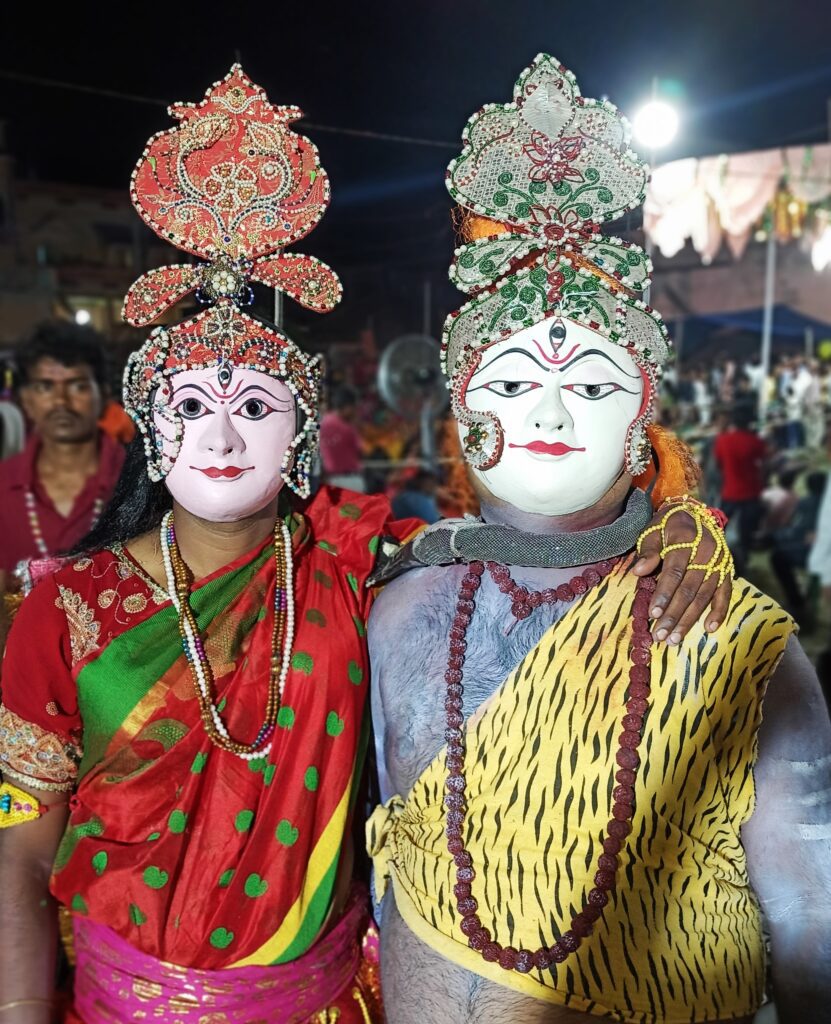

Krishna Janmashtami Celebrations, also known as Gokulashtami, is one of the most revered and widely celebrated festivals in the Hindu calendar. This festival marks the birth of Lord Krishna, the eighth incarnation of Lord Vishnu, who is regarded as the Supreme God in Hinduism. Janmashtami is observed with great enthusiasm and devotion across India and in Hindu communities around the world. The festival is a time of prayer, fasting, music, dance, and enactments of the life of Krishna, reflecting the deep spiritual significance of his birth.
The Significance of Krishna Janmashtami
Krishna Janmashtami holds profound spiritual significance for Hindus. It is believed that Lord Krishna was born over 5,000 years ago in Mathura, Uttar Pradesh, on the eighth day (Ashtami) of the Krishna Paksha (dark fortnight) in the month of Bhadrapada. His birth is seen as the divine intervention to rid the world of evil and restore dharma (righteousness).
Lord Krishna’s life and teachings, particularly those in the Bhagavad Gita, continue to inspire millions. His birth symbolizes the victory of good over evil, and his divine play (Leela) is celebrated with joy and reverence.
Krishna Janmashtami Celebrations Traditions and Rituals
Fasting and Vigil: Devotees observe a fast on Krishna Janmashtami, which is broken only at midnight, the time when Krishna is believed to have been born. The fast is seen as a form of penance and devotion, purifying the mind and body. Many people also stay awake all night, singing devotional songs and reading scriptures, to welcome the birth of Krishna.
Midnight Celebrations: The moment of Krishna’s birth is celebrated with great fervor. At midnight, devotees bathe the idol of baby Krishna with milk, honey, ghee, and water, followed by the dressing of the idol in new clothes and jewelry. This ritual, known as ‘Abhishekam,’ is performed amidst the chanting of mantras and singing of bhajans (devotional songs).
Jhulanotsav (Swing Festival): A unique tradition during Krishna Janmashtami is the Jhulanotsav, where a small cradle or swing is set up, symbolizing the cradle of baby Krishna. Devotees lovingly place the idol of Krishna in the swing and gently rock it, singing lullabies and songs that narrate his childhood.
Dahi Handi: In Maharashtra and parts of North India, the festival is marked by the Dahi Handi event, which reenacts the playful act of Krishna stealing butter from the pots hung high in the air. Teams of young men, known as ‘Govindas,’ form human pyramids to break the pot filled with curd, butter, and milk, symbolizing Krishna’s love for dairy products. This event is a joyful spectacle, drawing large crowds and reflecting the community spirit.
Rasa Lila: In regions like Vrindavan and Mathura, which are closely associated with Krishna’s life, the festival is marked by performances of the Rasa Lila, a traditional dance-drama that depicts the life of Krishna, especially his youthful days when he danced with the Gopis (milkmaids). These performances are a major attraction, bringing to life the stories of Krishna’s divine love and compassion.
Krishna Janmashtami Around the World
Krishna Janmashtami is not only celebrated in India but also by Hindu communities across the globe. In countries like the United States, the United Kingdom, Canada, and Mauritius, large gatherings are organized in temples and cultural centers. Devotees participate in prayers, kirtans (devotional songs), and the chanting of Krishna’s name. The International Society for Krishna Consciousness (ISKCON) plays a significant role in spreading the teachings of Krishna and organizing grand celebrations of Janmashtami in various countries.
The Spiritual Message of Krishna Janmashtami
Krishna Janmashtami is a time for introspection and spiritual renewal. The teachings of Lord Krishna, especially those in the Bhagavad Gita, offer profound insights into the nature of life, duty, and the path to liberation. Krishna’s message of karma (selfless action), bhakti (devotion), and jnana (knowledge) provides a timeless guide for leading a righteous and fulfilling life.
FAQs
What is the significance of Krishna Janmashtami?
Krishna Janmashtami celebrates the birth of Lord Krishna, symbolizing the victory of good over evil and the restoration of dharma (righteousness).
How is Krishna Janmashtami celebrated?
The festival is marked by fasting, midnight prayers, singing devotional songs, performing rituals like Abhishekam, and celebrating events like Dahi Handi and Jhulanotsav.
Why is fasting observed on Krishna Janmashtami?
Fasting on Janmashtami is a form of devotion and penance, purifying the mind and body, and showing reverence to Lord Krishna.
What is the Dahi Handi tradition?
Dahi Handi is a joyful event where teams of young men form human pyramids to break a pot filled with curd, butter, and milk, reenacting Krishna’s playful acts.
How do people celebrate Krishna Janmashtami outside India?
Hindu communities around the world celebrate Janmashtami with prayers, kirtans, and cultural programs organized in temples and cultural centers.
What is the spiritual message of Krishna Janmashtami?
The festival emphasizes the teachings of Lord Krishna, particularly those in the Bhagavad Gita, which guide individuals in leading a life of righteousness, devotion, and knowledge.

